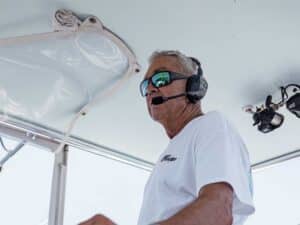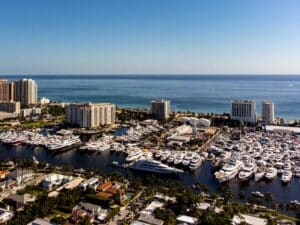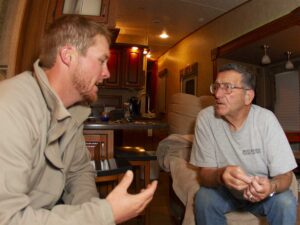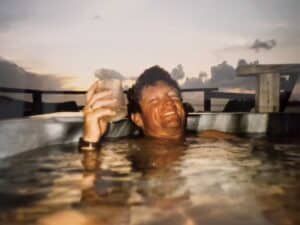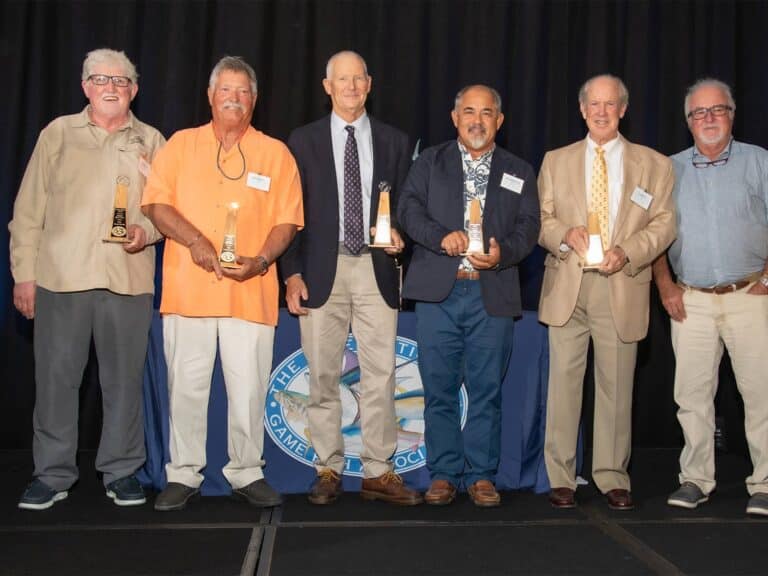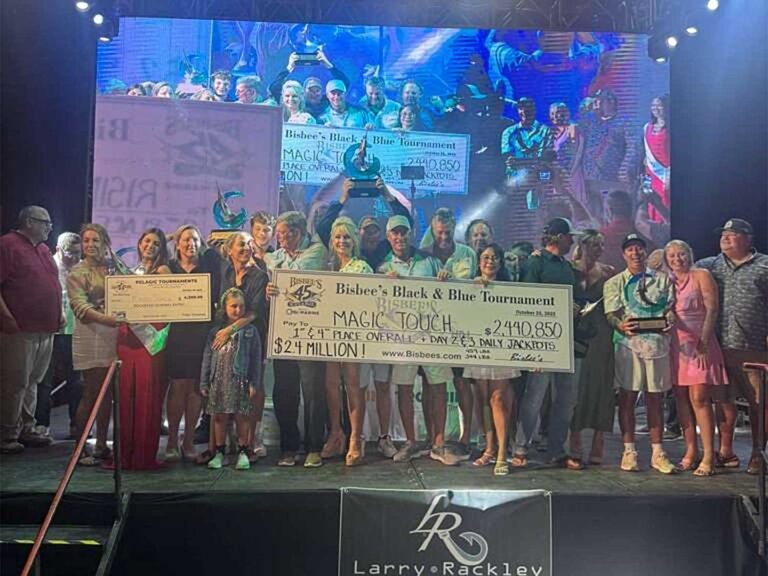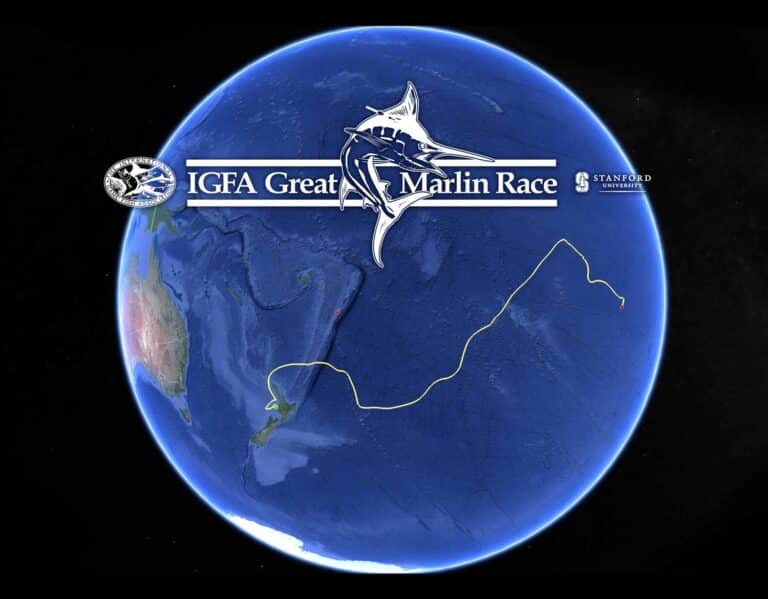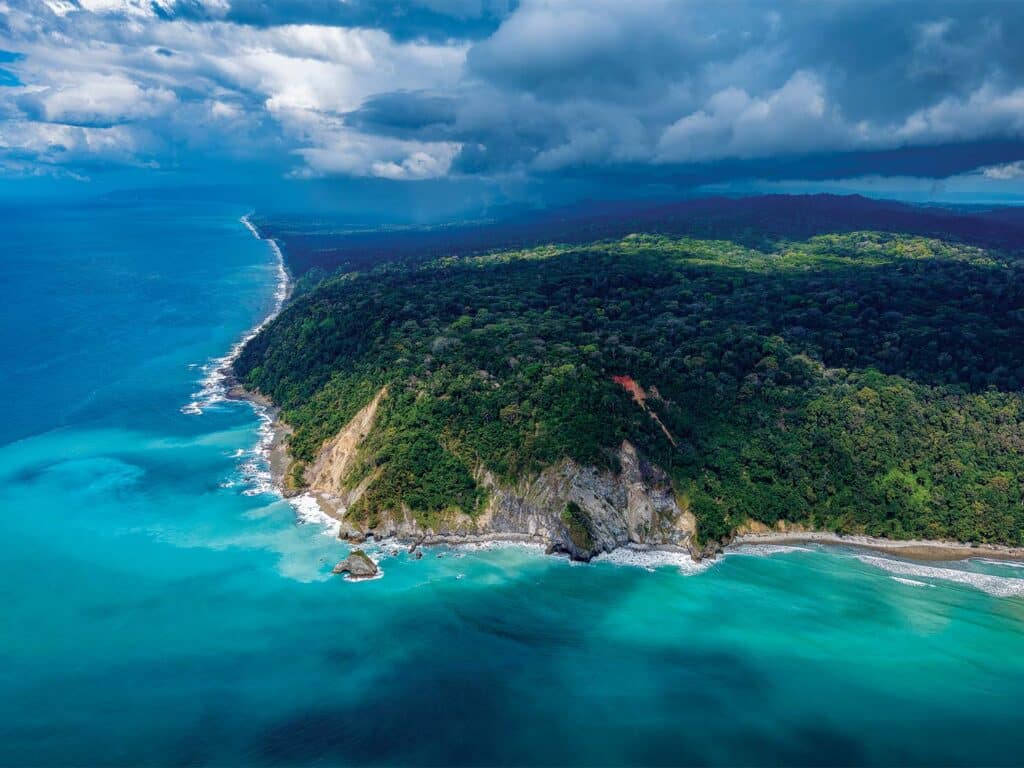
Subscribe to Marlin magazine and get a year of highly collectible, keepsake editions – plus access to the digital edition and archives. Sign up for the free Marlin email newsletter.
I came to Costa Rica’s southernmost Pacific coast in search of something that I wasn’t sure still existed—a destination that hopefully time had forgotten. As a lifelong angler from Bozeman, Montana, and a fly-fisherman for close to 60 years, my fishing experience for the first half of my life was for mostly freshwater river species in the most remote locations within North America, South America, Canada, New Zealand and more. Once I turned 40, I felt that I needed a new challenge and shifted my focus to target much larger adversaries that inhabited salt water. For years, I pursued tarpon, redfish, snook and bonefish throughout Florida and the Bahamas. I also chased marlin, sailfish and dorado in the popular hotspots of Key West, Hawaii, Cabo and Quepos.
Having just turned 60 and being semi-retired, something in me yearned for a wilder, more remote experience for me and my wife, Katie, during the last third of our lives. So, this time we traveled farther south, beyond the glossy resorts and busy charter fleets up north, to Costa Rica’s Osa Peninsula and its remote Golfo Dulce. From the moment we arrived, it was as if we had been transported back in time 50 to 100-plus years. There were no concrete high-rises, sprawling resorts or packed harbors, just several small coastal villages tucked between the rainforest and the sea. A peaceful emerald Gulf stretched quietly under the tropical sun. In this virtually untouched corner of Costa Rica, I hoped to find not only great fishing but also a deeper connection to nature.
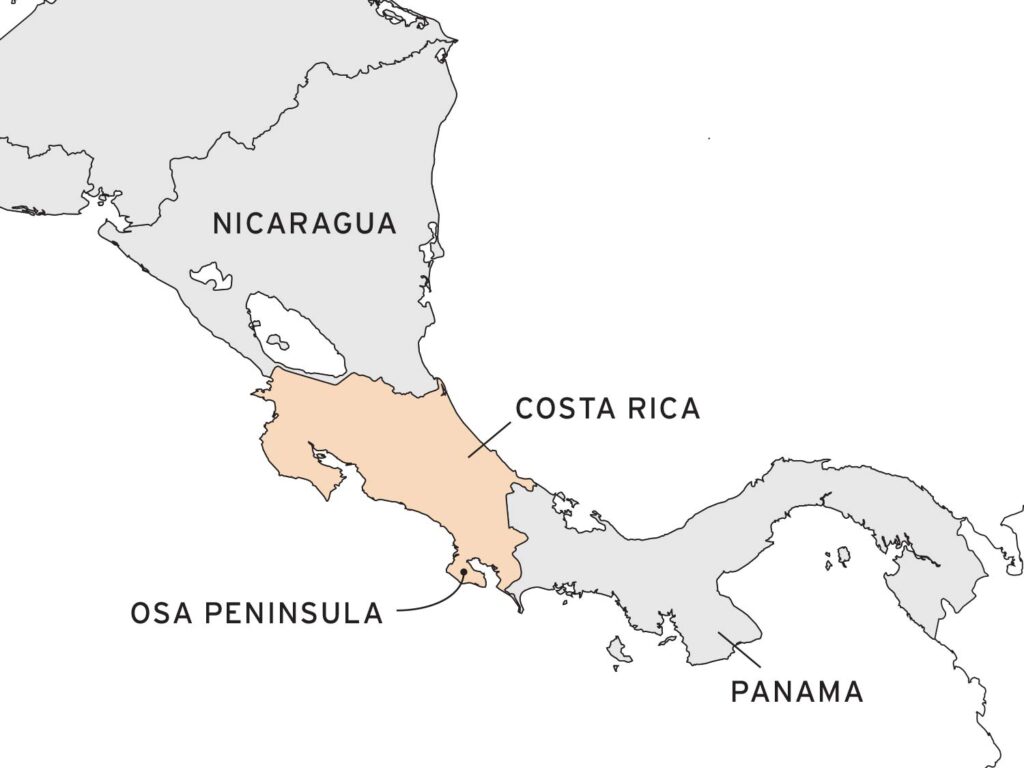
On the morning of my first visit just before dawn, I went on a run along Preciosa Beach near Puerto Jiménez. Within this enormous inlet bay called Golfo Dulce (Sweet Gulf), the waters are as calm and glassy as a mountain lake. This beach, arguably the finest in the country, is pristine, and I marveled that during the first week of April, I was the only human within the 3-mile-long stretch. As I slowly cooled down from my run in the humidity, the eastern shoreline across the gulf began to glow orange, yellow and magenta as the sun emerged above the distant mountains, a sharp rainforest ridgeline that defines the border between Costa Rica and Panama.
The initial predawn silence now gave way to the wild chorus of daybreak. From the dense rainforest that hugs the shore, I heard the throaty roar of a howler monkey reverberating like distant thunder. Overhead, a pair of scarlet macaws crossed the sky, squawking and trailing flashes of red, blue and yellow. In the mangroves, insects trilled and unseen frogs peeped. The Osa Peninsula has been called “the most biologically intense place on Earth” by National Geographic, and in the golden hush of dawn, I felt that intensity.

The Fishery
That first trip to the Osa region and Golfo Dulce in 2018 left such an impression that Katie and I bought our first home there within just 60 days of returning to Montana. Since then, being the statistics guy that I am, I’ve now cataloged 96 species of fish that I’ve managed to land, a staggering number that reflects the true diversity of life in Costa Rica.
As I like to describe it, there are three distinct fisheries here created because of the one-of-a-kind combination of equatorial location, geology and bathymetry of the gulf and surrounding Pacific. Golfo Dulce forms a unique transition zone in the pelagic ecosystem, where dozens of gamefish species migrate through depths ranging from 80 feet near the entrance to over 700 feet in the deeper waters near the community of Rincón at the far end. Every offshore species of gamefish can be caught within this pelagic mixing zone, including sailfish. Golfo Dulce also serves as a breeding-ground nursery for migrating whales traveling south and north from the farthest reaches of the Northern Hemisphere and Southern Hemisphere.
An angler can easily fish all three of these transition zones in any given outing (as I routinely do), beginning inshore for roosterfish, jacks, snook and yellow snapper, then nearshore for cubera, bluefin trevally, grouper, and even the displaced tarpon. Within 7 to 10-plus miles from shore, anglers can target yellowfin tuna, sailfish, marlin and mahi. Depending upon our success within the day, we also will return and allow another hour to troll Preciosa Beach for roosterfish, African pompano and cubera just before sunset.
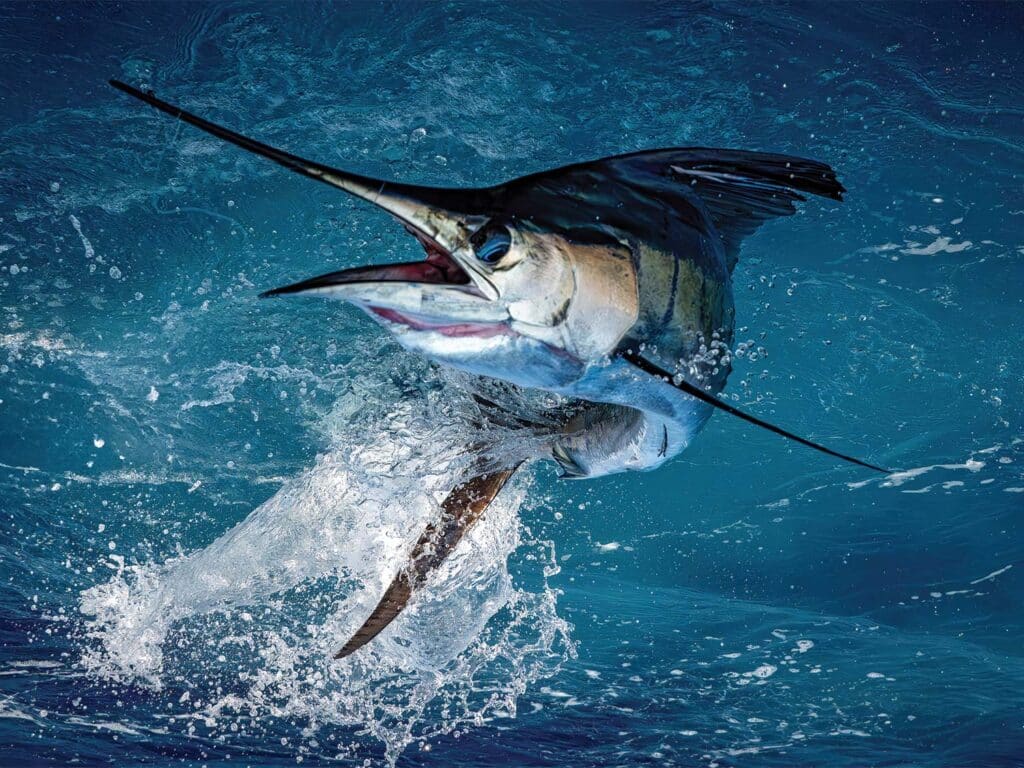
Guides, Guardians and Legends of the Osa
In my time here, I’ve come to learn that part of what makes this place special are the people who have devoted their lives to it—the guides, captains and conservationists who know every cove, current and species of fish, and who have fought to keep this ecosystem intact.
At the top of this distinguished list is Todd Staley, an American expat who became an institution in Costa Rican sport fishing. He served as the fishing director of Crocodile Bay Resort when it was initially established and was a tireless conservation advocate for FECOP (Federación Costarricense de Pesca). I recall reading some of Staley’s fiery columns in Marlin and The Tico Times, where he exposed issues like tuna boats netting dolphins and the need for better billfish protection.
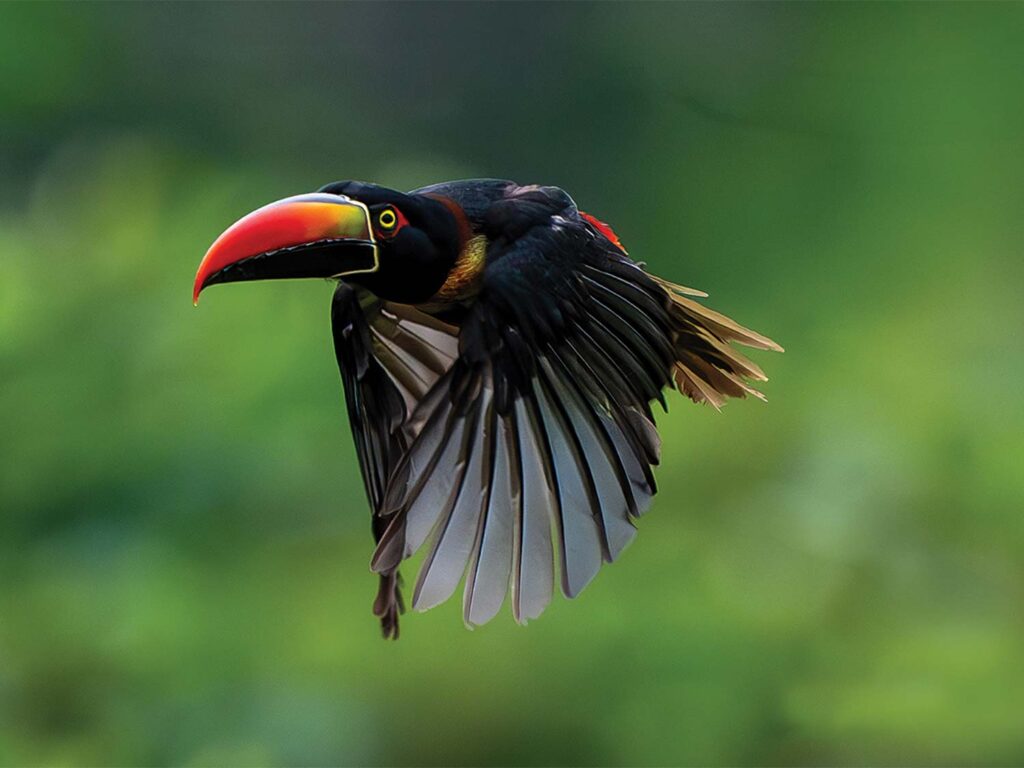
Exporting sailfish for commercial sale was banned finally, largely because voices like Staley’s highlighted that a live sailfish is worth more to the nation’s economy (in tourism dollars) than a dead one. The data proved it. A single sailfish kept for market might fetch $100, but that same fish released could generate thousands in charter revenue. Thanks to such advocacy, Costa Rica realized that conservation is good business. In 2014, officials enacted the sailfish export ban and later established the Golfo Dulce Marine Sanctuary. Staley was integral to those efforts—a fact recognized when he was awarded the IGFA’s Conservation Award in 2022. Sadly, Staley passed away in 2024, but his legacy looms large here. He helped unite charter captains, local fishermen, and even international NGOs to push for sustainable practices. Today, whenever an angler like me marvels at the prolific fish stocks or a captain safely releases a billfish, Staley’s influence is part of that moment.
Donald McGuiness, his brother Bobby McGuiness and Cory Craig are other local captains and guides who have become leaders in the country beyond the Osa. Donald has invested thousands of hours doing heavy-lifting political and policy regulation work that has contributed to keeping this special fishery pristine. Bobby has established himself as a two-time IGFA captain of the year (in 2006 and 2010) and has recorded over 300 IGFA records throughout his distinguished career. Craig, my favorite captain to fish with and who is primarily responsible for my initial introduction to this fishery, is widely respected by all the local fishing guides as being one of the most knowledgeable about inshore species in the region as well as an expert in fly-fishing tactics.
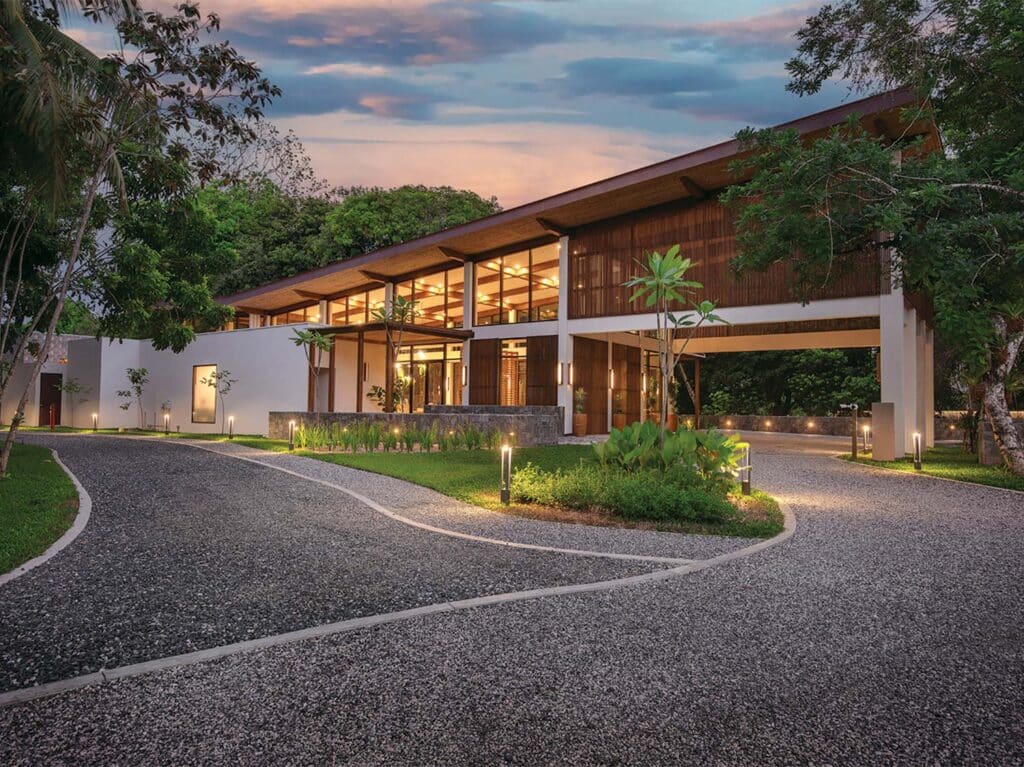
Wilderness Lodges at the Edge of the World
While the region may be remote, it’s by no means lacking in comfort for visiting anglers and nature lovers. Tucked away in this wild paradise are a couple of legendary fishing lodges that have become almost as famous as the waters they access. Since we reside here between five and six months a year, I frequently visit the Crocodile Bay/Botanika resort as well as the Zancudo Lodge across the gulf, adjacent to Golfito. Both lodges offer an experience that beautifully balances the thrill of rugged wilderness with the enjoyment of top-notch amenities—all while keeping anglers close to the action inshore, nearshore and offshore.
Crocodile Bay sits just a stone’s throw outside the town of Puerto Jiménez, somewhat in the middle of Golfo Dulce. From the moment guests arrive on the property, there is an atmosphere of laid-back luxury. The resort itself is not enormous but rather intimate, with a collection of modern, comfortable rooms set in lush landscaping. There’s a private 700-foot pier stretching into the gulf, a fleet of well-maintained boats bobbing and ready, a sparkling pool, and even a spa for a post-fishing massage. What guests love most about Crocodile Bay is how immersed in nature it feels despite offering modern comforts.
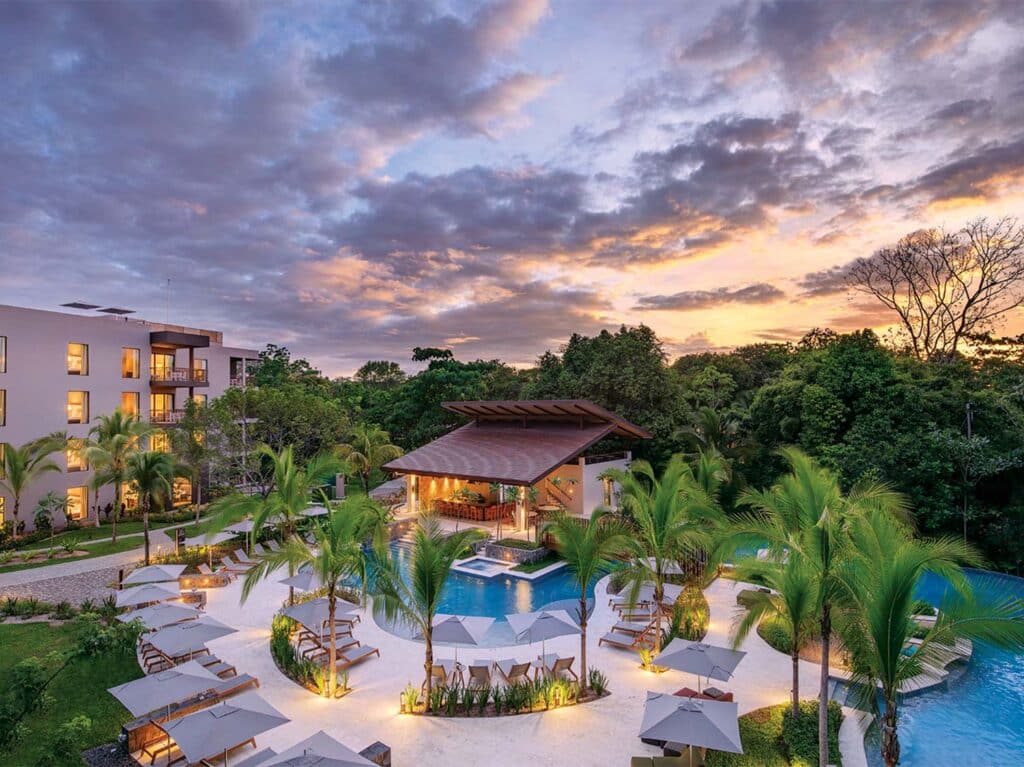
The entire lodge and experience at Crocodile Bay has transformed recently with the expansion of the hotel in partnership with the Hilton Curio Collection. Whereas in its early history, guests were primarily attracted to the lodge’s world-class fishing, the Botanika resort now emphasizes a balance between families seeking to explore the natural wonders of the Osa Peninsula as well as those interested in the marine recreational activities in and around Golfo Dulce.
Cory and Beau Williams, the leaders of these businesses, have also made significant contributions to multiple scientific research efforts and local educational and conservation programs. These include a genetic roosterfish study in conjunction with the IGFA, grant funding for BioSur (a foundation for safeguarding biodiversity-rich tropical rainforests), a partnership with the Global Sustainability Collective (GSC), sponsorships with EarthRace (which provides patrols for marine protected zones), COPROT (sea turtle conservation), the Las Oncas Conservation Reserve and Tico’s Wild Studio’s Jaguar Program, and even a Captain and Mate educational academy designed to attract, develop and help employ the next generation of charter-fishing professionals.
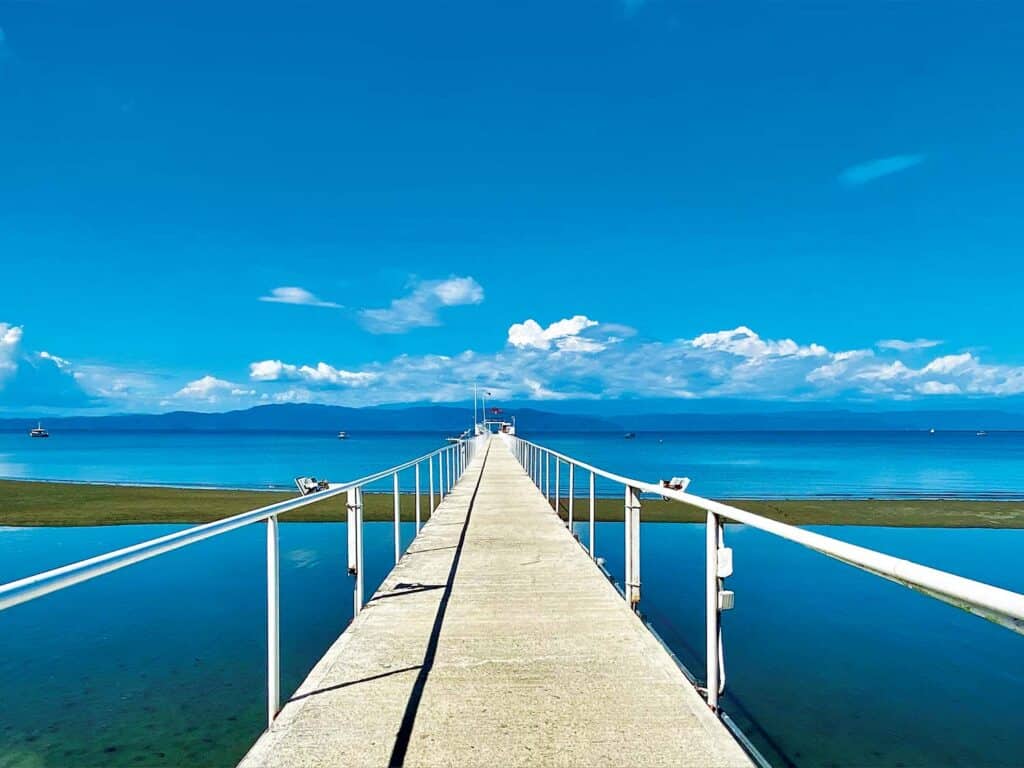
A Final Reflection
The most common feedback that we receive from all our fishing friends and the guests who visit us is how pristine, remote and undisturbed everything is. Every time I’m out on the water, I have a profound sense of peace. It’s a feeling of freedom and reverence. This is what I came for, I think to myself. It’s not just the promise of hunting the uncatchable fish, but also the chance to immerse oneself in a primordial environment unchanged by time.
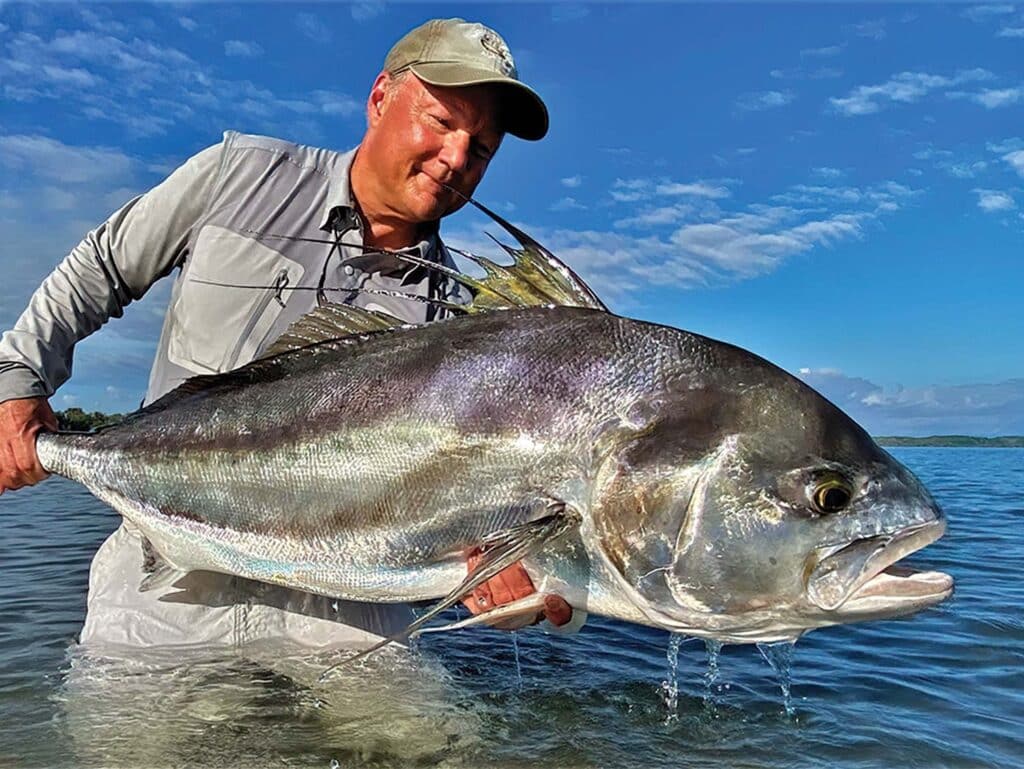
Roosterfish
Roosterfish have long captivated me. With their distinctive “rooster comb” dorsal fin and electrifying speed, power and endurance, they are among the most prized inshore gamefish in these waters. I’ve caught roosterfish before—even some up to 70 pounds—but the true giants, the 80-plus-pounders locals call “gallo grande,” had long eluded me. That was part of the allure that drew me to Golfo Dulce. This gulf and the adjoining Osa coastline are famed for big roosters; it’s one of the few places on Earth where a roosterfish of world-record class might be lurking just a stone’s throw from the beach.
